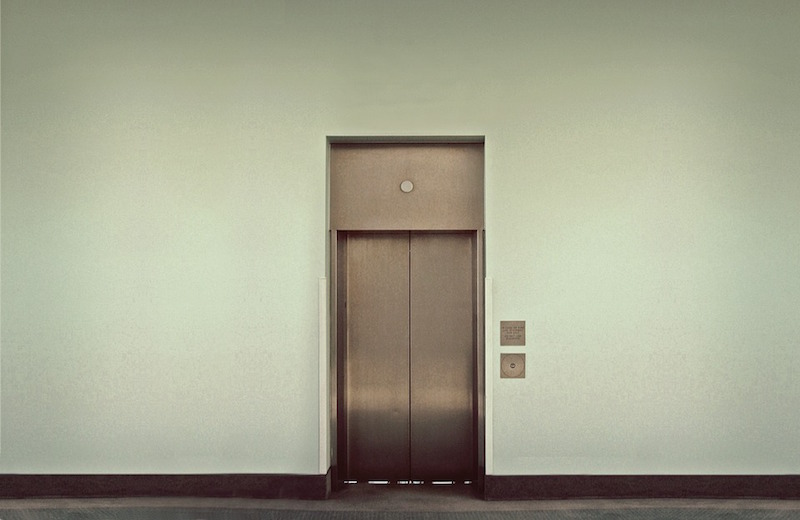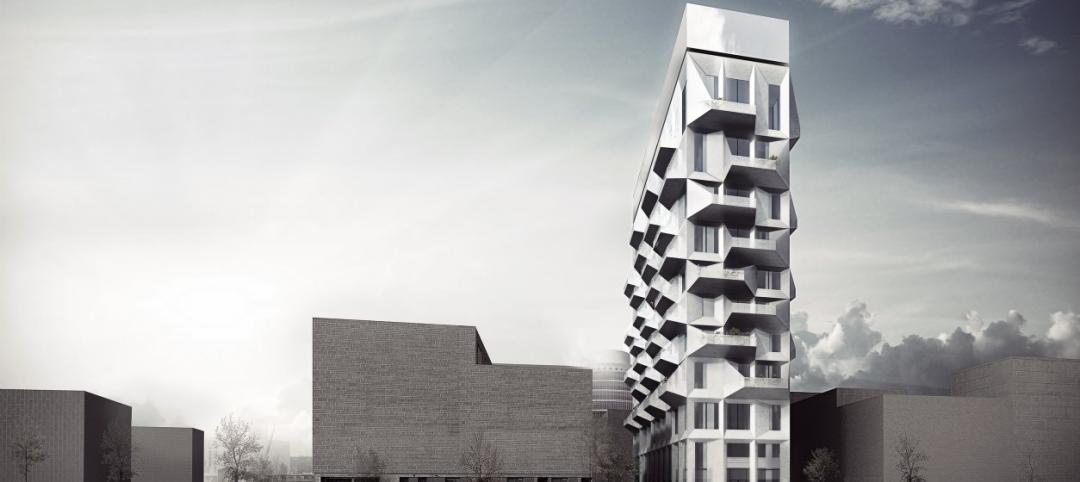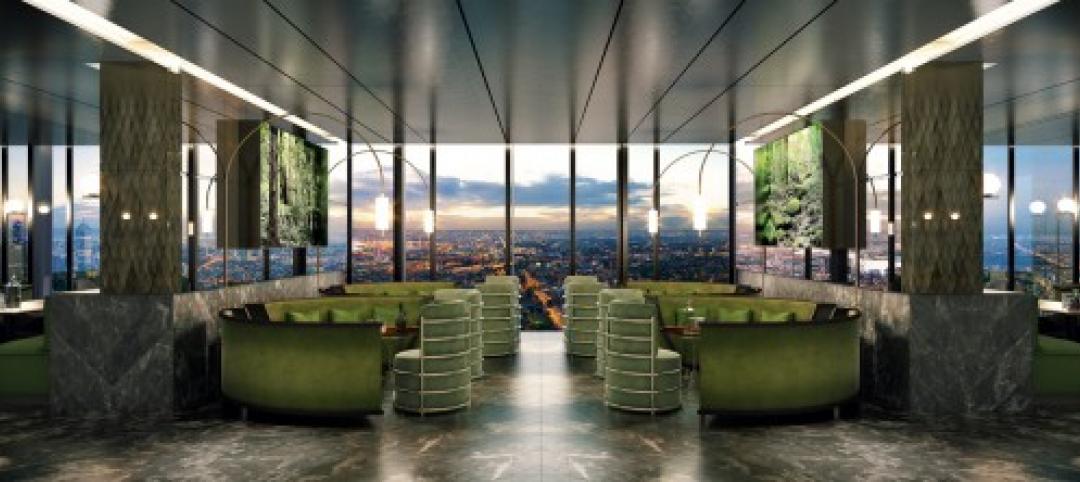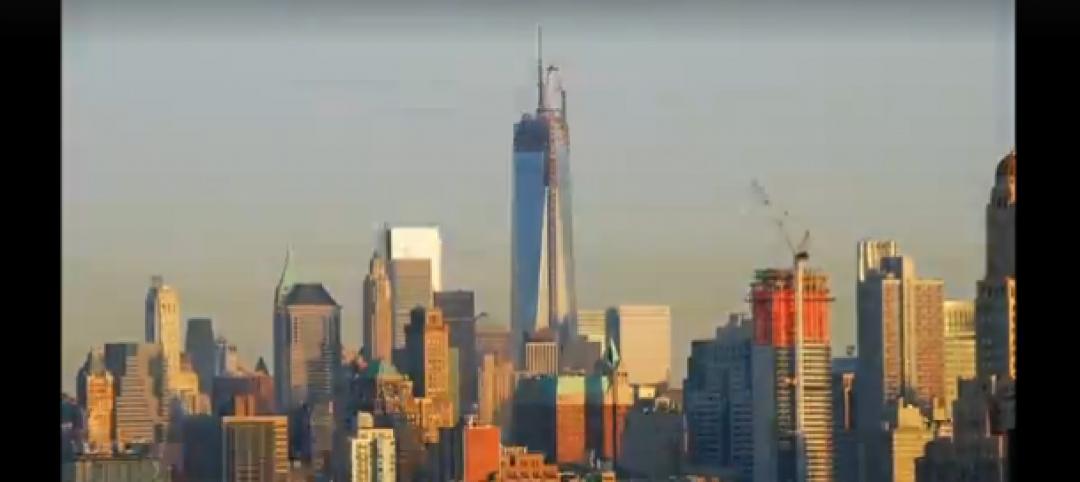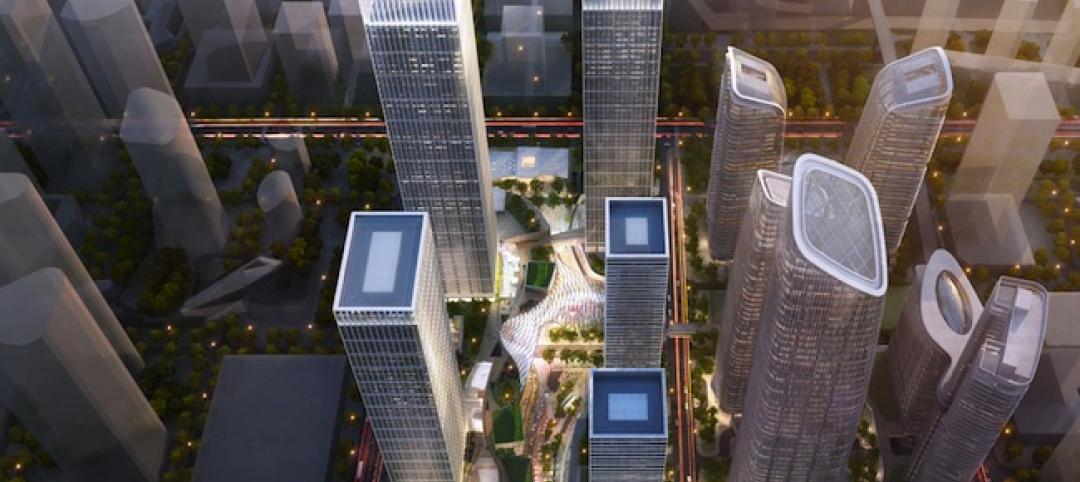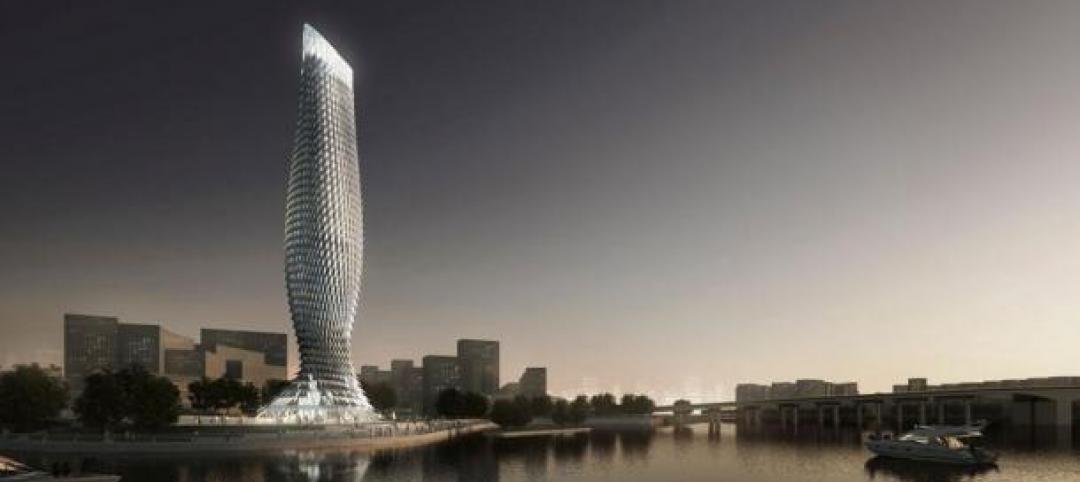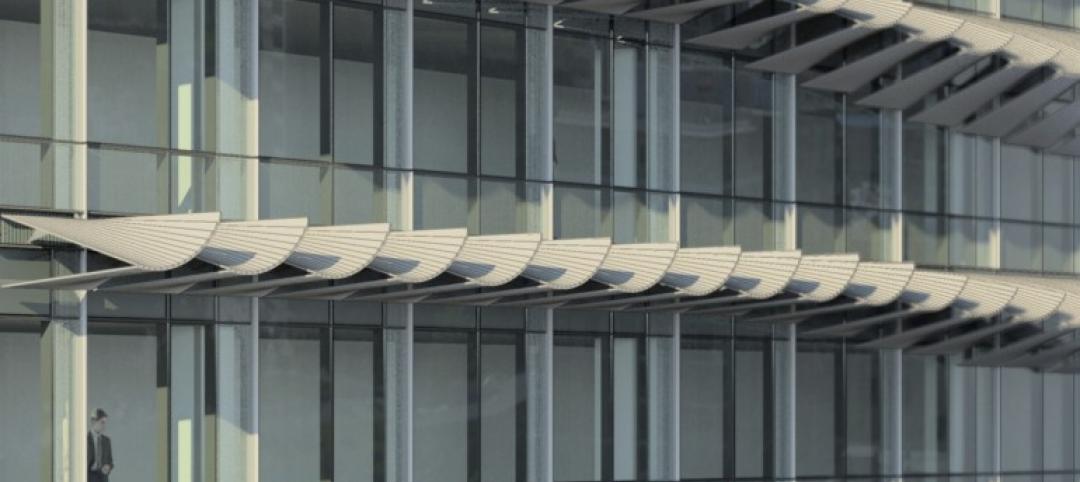The Shanghai Tower is already known around the world for currently being the tallest twisting tower in the world and the second tallest building in the world overall. Now, it also has the distinction of adding three newly awarded Guinness World Records to its resume. Shanghai Tower officially has the world’s fastest elevator, the tallest elevator in a building, and the fastest double-deck elevator.
Shanghai Tower’s elevators were designed by Mitsubishi Electric and just barely outpaced elevators designed by Hitachi in the Guangzhou CTF Finance Centre, which can reach speeds of 20 meters per second, or 44.7 mph.
The fastest elevator in Shanghai Tower can reach speeds of 20.5 meters per second, or 45.8 mph. However, in order to achieve these speeds, a Mitsubishi technician needs to be on hand to press the proverbial red button and send the elevator into hyperdrive. Without the technician, what most people experience in Shanghai Tower is an elevator ride that only reaches 40 mph.
While elevators may be able to continue to reach higher and higher speeds, at least one elevator engineer believes a speed of about 24 meters per second, or 53.6 mph, is the limit. According to CNN, this is because the people in an elevator traveling faster than 24 meters per second would not have time to adjust to the air pressure on the top floor. The entire building would need to be pressurized like an airplane to be able to achieve higher speeds.
For now, Shanghai Tower’s 45.8 mph represents the pinnacle of elevator speed, though, with the sheer volume of supertall buildings being constructed around the world, don’t be surprised if that record is soon broken.
Related Stories
| Sep 5, 2014
First Look: Zaha Hadid's Grace on Coronation towers in Australia
Zaha Hadid's latest project in Australia is a complex of three, tapered residential high-rises that have expansive grounds to provide the surrounding community unobstructed views and access to the town's waterfront.
| Sep 2, 2014
Extreme conversion: 17-story industrial silo to be converted to high-rise housing
As part of Copenhagen's effort to turn an industrial seaport into a bustling neighborhood, Danish architecture firm COBE was invited to convert a grain silo into a residential tower.
| Sep 2, 2014
Melbourne's tallest residential tower will have 'optically transformative façade'
Plans for Melbourne's tallest residential tower have been released by Elenberg Fraser Architects. Using an optically transformative façade and botanical aesthetic, the project seeks to change the landscape of Australia's Victoria state.
| Aug 28, 2014
Stantec releases design for Edmonton's tallest tower
At 227 meters, Stantec Tower will be the tallest building in the city, dwarfing the two next-tallest: Epcor Tower and Manulife Tower.
| Aug 25, 2014
Tall wood buildings: Surveying the early innovators
Timber has been largely abandoned as a structural solution in taller buildings during the last century, in favor of concrete and steel. Perkins+Will's Rebecca Holt writes about the firm's work in surveying the burgeoning tall wood buildings sector.
| Aug 25, 2014
'Vanity space' makes up large percentage of world's tallest buildings [infographic]
Large portions of some skyscrapers are useless space used to artificially enhance their height, according to the Council on Tall Buildings and Urban Habitat.
| Aug 25, 2014
Photographer creates time-lapse video of 1 WTC using 30,000 photos
Choosing from 30,000 photos he took from the day construction began in 2006 to the day when construction was finished in 2012, Brooklyn-based photographer Benjamin Rosamund compressed 1,100 photos to create the two-minute video.
| Aug 19, 2014
Goettsch Partners unveils design for mega mixed-use development in Shenzhen [slideshow]
The overall design concept is of a complex of textured buildings that would differentiate from the surrounding blue-glass buildings of Shenzhen.
| Aug 15, 2014
First look: RMJM’s 'jumping fish' tower design for the Chinese Riviera
The tower's fish-jumping gesture is meant to symbolize the prosperity and rapid transformation of Zhuhai, China.
| Aug 12, 2014
Shading prototype could allow new levels of environmental control for skyscraper occupants
Developed by architects at NBBJ, Sunbreak uses a unique three-hinged shade that morphs from an opaque shutter to an abstract set of vertical blinds to an awning, depending on what is needed.


